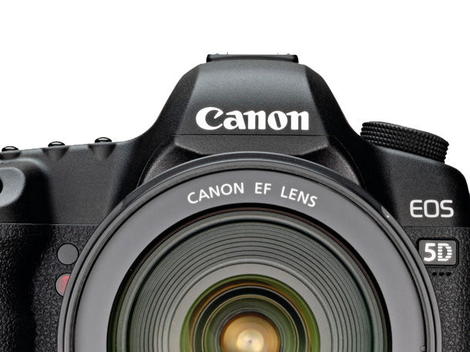
Even Canon was surprised by the popularity of the EOS 5D Mark II with videographers, but the company has these users firmly in its sights now.
Canon's recently announced EOS-1DX is a prime example of how Canon is trying to make its SLRs more videographer-friendly. By making the large dial on the rear of the camera touch-sensitive in video mode, Canon has given users a means of adjusting exposure and sound levels almost silently. Tapping the dial introduces less vibration and makes less noise than operating a mechanical control.
It's interesting that Canon chose to reveal that it has a full-frame SLR that can shoot 4K video in development at the same time as it unveiled its new Cinema EOS cameras. Most modern DSLRs have a higher pixel count than is required for HD (and in most cases 4K) video recording and their large sensor means that videographers have much greater control over depth of field than with the average camcorder. This enables much more proffesional looking footage to be produced using relatively affordable cameras. It can cut the price of a high quality movie down as low as £10,000-20,000.
Photo journalists who have become used to being able switch between shooting still and video with the EOS 5D Mark II will be pleased to know that in the near future they will be able to shoot full HD video, 4k video and stills with the same camera system.
Introducing an SLR with 4K capability (albeit with APS-H cropping) will catapult Canon way ahead of the competition with regard to video recording in an SLR.
As yet we don't know what this camera will be called, it could be the replacement for the EOS 5D Mark II, with likely names being the EOS 6D or EOS 5D Mark III. Canon may opt to incorporate the 4K functionality into the camera moniker, but the word 4 is unlucky in Japan so this is an outside bet.
4K resolution
A new higher resolution standard, called 4K is coming to the fore in high-end digital movie and computer graphic circles, with titles such as Quantum of Solace being shot in the format.
The name 4K stems from the fact that the horizontal resolution remains the same at around 4,000 pixels, while the vertical resolution varies to create different aspect ratios.
Stay tuned for more details on the impending full-frame DSLR from Canon soon.
Source : google Reader
No comments:
Post a Comment